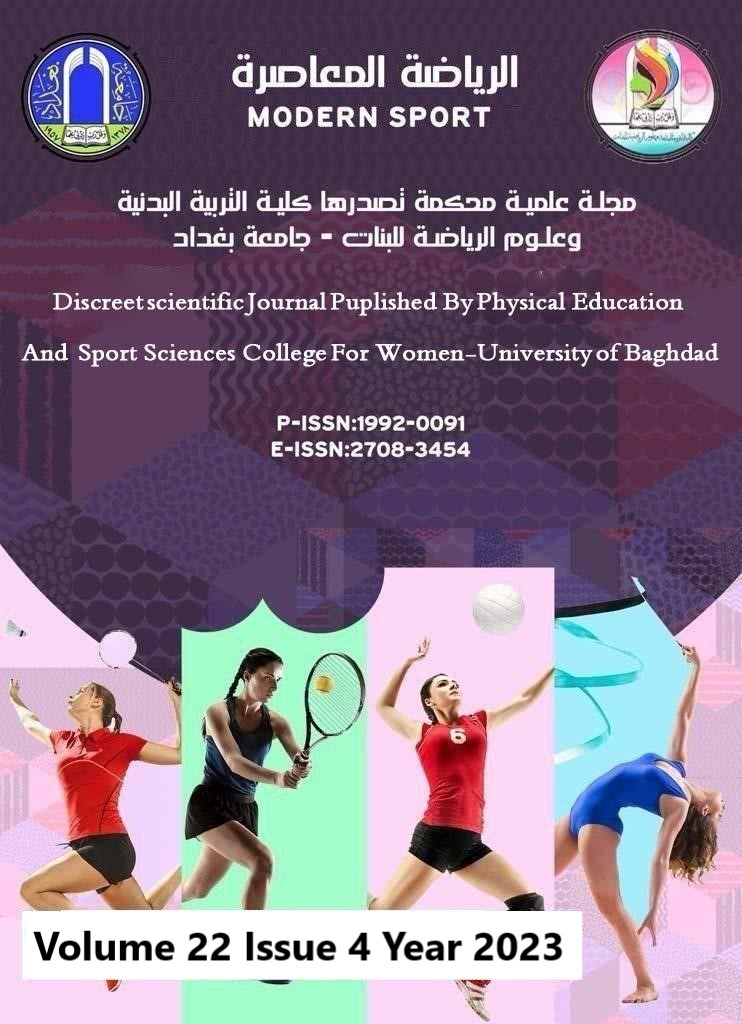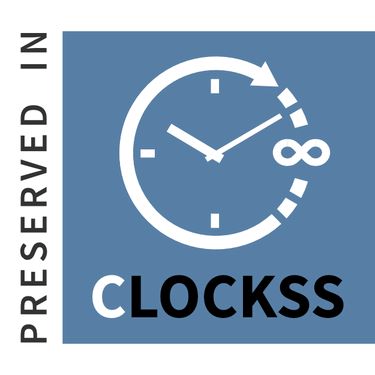Relation Y-Balance Test and Lower-limb Strength of Sport Science Faculty Students at the Arab American University
DOI:
https://doi.org/10.54702/ms.v22i4.1203Keywords:
Lower-limb strength, Y-balance testAbstract
The purpose of this study was to elucidate the relationship between the Y-balance test (YBT) distance and the lower-limb strength of Sport Science Faculty students at Arab American University. Forty (40) collegiate students aged (19.80 ± 1.26) years, enrolled in the second semester of the 2022-2023 academic year from the sports science department, volunteered for this study. The participants underwent MMT (Manual Muscle Testing) to evaluate the maximum muscle strength of the lower limbs, including hip flexion, hip extension, hip abduction, hip adduction, hip internal rotation, hip external rotation, knee flexion, knee extension, ankle dorsiflexion, and ankle plantar flexion). Additionally, they performed the Y-Balance Test (YBT) evaluations in the anterior, posteromedial, and posterolateral directions. An independent sample t-test was used to compare the means between two groups, specifically males and females, to assess the differences. Pearson's correlation coefficient was used to quantify the linear relationships between YBT distances and lower-limb strength. The hip extension was positively correlated with the YBT distances in the anterior, posteromedial, and posterolateral distances. Furthermore, hip flexion and hip abduction were positively correlated with the anterior and posteromedial YBT distances. Knee flexion and knee extension strength showed a positive correlation with the YBT anterior distance. In conclusion, there was a weak correlation between lower-limb strength (hip flexion, hip extension, hip abduction, knee flexion, and knee extension) and dynamic postural control, as measured by the YBT, and this achieves one of the sustainable development goals of the United Nations in Iraq which is (Good Health).
References
Alqaraan, A. A., Alsharksi, R. M., Taha, N. S. Q., & al-Awamleh, A. (2018). BMI and Static, Dynamic Balance Abilities among Undergraduate Sports Students. American International Journal of Contemporary Research, 8(3). P:44 https://doi.org/10.30845/aijcr.v8n3p5
Anderson, C. N. (2016). Iliopsoas: pathology, diagnosis, and treatment. Clinics in sports medicine, 35(3), 419-433. https://doi.org/10.1016/j.csm.2016.02.009
Butler, R. J., Bullock, G., Arnold, T., Plisky, P., & Queen, R. (2016). Competition-level differences on the lower quarter Y-balance test in baseball players. Journal of athletic training, 51(12), 997-1002. https://doi.org/10.4085/1062-6050-51.12.09
Butler, R. J., Lehr, M. E., Fink, M. L., Kiesel, K. B., & Plisky, P. J. (2013). Dynamic balance performance and noncontact lower extremity injury in college football players: an initial study. Sports Health, 5(5), 417-422. https://doi.org/10.1177/1941738113498703
Coughlan, G. F., Fullam, K., Delahunt, E., Gissane, C., & Caulfield, B. M. (2012). A comparison between performance on selected directions of the star excursion balance test and the Y balance test. Journal of athletic training, 47(4), 366-371. https://doi.org/10.4085/1062-6050-47.4.03
Gribble, P. A., Hertel, J., & Plisky, P. (2012). Using the Star Excursion Balance Test to assess dynamic postural-control deficits and outcomes in lower extremity injury: a literature and systematic review. Journal of athletic training, 47(3), 339-357. https://doi.org/10.4085/1062-6050-47.3.08
Lee, D. K., Kim, G. M., Ha, S. M., & Oh, J. S. (2014). Correlation of the Y-balance test with lower-limb strength of adult women. Journal of physical therapy science, 26(5), 641-643. https://doi.org/10.1589/jpts.26.641
M. Ibtihal Ryadh Umran, & Intisar Kadhum Abdul-kareem. (2021). Motor capacity and its relationship with some indicators Albaiukinmetekih and performance of the wheel of human skill. Modern Sport, 20(2), 0099. https://doi.org/10.54702/msj.2021.20.2.0099.
McCreary, E. K., & Provance, P. G. (1993). Muscles, testing and function: with posture and pain. Williams & Wilkins, p. 179-90.
Mendonça, L. M., Bittencourt, N. F. N., & Santos, M. B. (2016). Interpretando os resultados de testes funcionais na prática clínica. Sociedade Nacional de Fisioterapia Esportiva; Macedo CSG, Reis FA, organizadores. PROFISIO Programa de Atualização em Fisioterapia Esportiva e traumato-ortopédica: ciclo, 6, 128–131.
Neves, L. F., Souza, C. Q. D., Stoffel, M., & Picasso, C. L. M. (2017). The Y balance test–how and why to do it. Int Phys Med Rehab J, 2(4), 99-100.
Norris, B., & Trudelle-Jackson, E. (2011). Hip and thigh-muscle activation during the star excursion balance test. Journal of Sport Rehabilitation, 20(4), 428-441. https://doi.org/10.1123/jsr.20.4.428
Ohkoshi, Y., Yasuda, K., Kaneda, K., Wada, T., & Yamanaka, M. (1991). Biomechanical analysis of rehabilitation in the standing position. The American journal of sports medicine, 19(6), 605-611. https://doi.org/10.1177/036354659101900609
Plisky, P. J., Gorman, P. P., Butler, R. J., Kiesel, K. B., Underwood, F. B., & Elkins, B. (2009). The reliability of an instrumented device for measuring components of the star excursion balance test. North American journal of sports physical therapy: NAJSPT, 4(2), 92 – 99.
Plisky, P. J., Rauh, M. J., Kaminski, T. W., & Underwood, F. B. (2006). Star Excursion Balance Test as a predictor of lower extremity injury in high school basketball players. Journal of orthopaedic & sports physical therapy, 36(12), 911-919.
Tajwar Y, Anamul H, Sanjay K & Tabassum S, (2018); Relationship between Body Mass Index and Dynamic Balance in Elderly Population: A correlational analysis, Journal of Emerging Technologies and Innovative Research (JETIR), Volume 5, Issue 10, p.p. 301 – 304.
Wilson, B. R., Robertson, K. E., Burnham, J. M., Yonz, M. C., Ireland, M. L., & Noehren, B. (2018). The relationship between hip strength and the Y balance test. Journal of sport rehabilitation, 27(5), 445-450.
Downloads
Published
Issue
Section
License
Copyright (c) 2023 Modern Sport

This work is licensed under a Creative Commons Attribution 4.0 International License.















